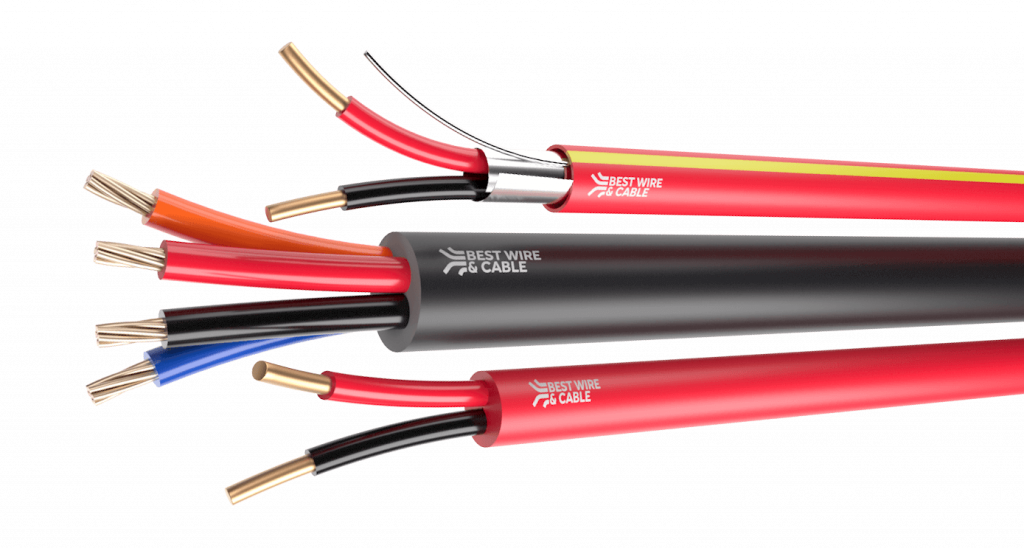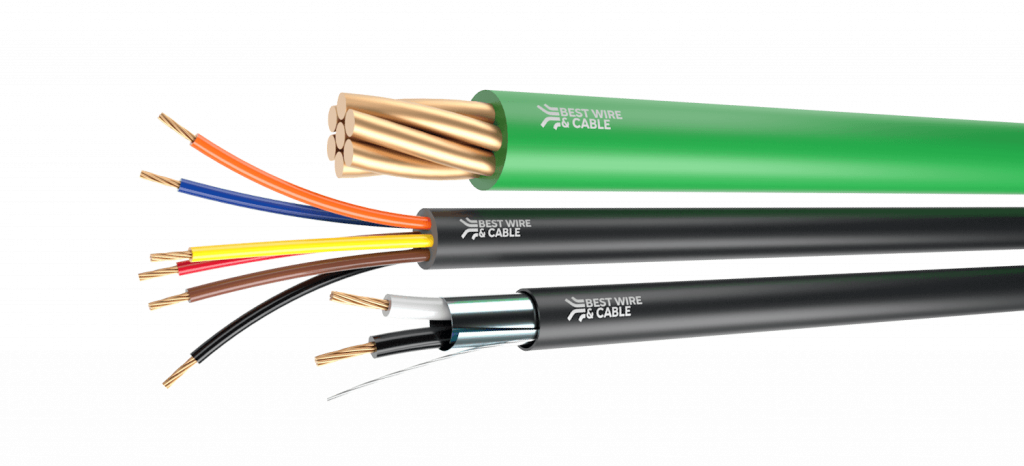Understanding Plenum Spaces: Why Cable Ratings Matter

In modern building construction, safety and efficiency are key considerations, especially when it comes to wiring and cabling in critical spaces. Among these, plenum spaces—areas used for air circulation in HVAC systems—demand special attention due to their unique fire risks. This blog explores the importance of cable ratings in plenum spaces and compares plenum-rated cables to riser-rated and general-purpose cables, highlighting their appropriate uses and the risks of using the wrong type.
What Are Plenum Spaces?
What Are Plenum Spaces?
Plenum spaces are air-handling areas in buildings, often located above suspended ceilings or below raised floors. These zones play a crucial role in HVAC systems, circulating air for heating, ventilation, and air conditioning. They also often house cables for data, communication, and security systems.
However, because air flows freely in these spaces, any fire or smoke can spread rapidly, endangering occupants and property. This makes the type of cable installed in plenum spaces a critical safety decision.
Why Cable Ratings Matter
Why Cable Ratings Matter
Using the appropriate cable rating directly impacts:
Fire Safety Compliance
Cables used in plenum spaces must meet strict fire safety standards outlined by the National Electrical Code (NEC). Plenum-rated cables, designated as CMP (Communications Plenum), are designed with fire-resistant and low-smoke-emitting materials. These cables minimize the spread of flames and reduce toxic fumes during a fire, making them essential for maintaining safety in air-handling zones.
According to the U.S. Fire Administration, more than 111,000 non-residential building fires occur annually, making fire-resistant materials critical in commercial spaces. Failing to use the proper cable type in CMP spaces can lead to:
- Non-compliance with building codes.
- Increased liability in the event of a fire.
- Greater risk to occupant safety due to toxic smoke and rapid flame spread.
Building Efficiency
Plenum-rated cables allow direct installation in CMP spaces without requiring additional conduit, saving both time and costs.
Occupant Safety
In a fire, low-smoke cables protect building occupants by reducing toxic exposure and improving visibility during evacuation.
Plenum-Rated vs. Riser-Rated and General-Purpose Cables
Plenum-Rated Cables vs. Other Types
It’s essential to understand how CMP cables differ from other cable types:
- Plenum-Rated Cables (CMP):
- Designed for use in air-handling spaces.
- Made with low-smoke, fire-resistant materials like FEP or low-smoke PVC.
- Riser-Rated Cables (CMR):
- Suitable for vertical runs between floors (non-air-handling).
- Less flame-retardant than CMP cables.
- General-Purpose Cables (CM):
- Used in standard, non-critical areas without specific fire safety requirements.
Not all cables are created equal. Here’s a breakdown of the key differences between plenum-rated, riser-rated, and general-purpose cables:
| Feature | Plenum-Rated (CMP) | Riser-Rated (CMR) | General-Purpose (CM) |
|---|---|---|---|
| Primary Use | Air-handling spaces (e.g., ceilings, floors). | Vertical runs between floors. | Standard spaces without strict fire requirements. |
| Fire Resistance | High flame resistance and low smoke emission. | Moderate flame resistance. | Basic flame resistance. |
| Material | Fire-retardant (e.g., FEP or low-smoke PVC). | Fire-resistant (e.g., PVC). | Standard PVC or polyethylene. |
| Cost | Higher due to specialized materials. | Mid-range. | Lower. |
| Compliance | NEC Article 800 (CMP). | NEC Article 800 (CMR). | NEC Article 800 (CM). |
When to Use Plenum-Rated Cables
When to Use Plenum-Rated Cables
Plenum-rated cables are required in:
- HVAC Plenum Spaces: Areas where air circulates for ventilation.
- High-Sensitivity Areas: Buildings like hospitals, schools, and offices where safety is a top priority.
- Dense Wiring Networks: Facilities with significant cable runs where fire risks are higher.
When Riser-Rated or General-Purpose Cables Are Acceptable
When Riser-Rated or General-Purpose Cables Are Acceptable
- Riser-Rated (CMR): Suitable for vertical runs between floors where air circulation is not a concern.
- General-Purpose (CM): Ideal for short runs or non-critical areas like single rooms or residential spaces.
Risks of Using Improper Cable Types
- Fire Safety Violations: Using non-compliant cables in CMP spaces can result in significant fines and legal repercussions.
- Increased Fire Hazards: Non-plenum cables emit more smoke and toxic fumes, increasing risks to building occupants.
- Compromised Insurance Coverage: Installing incorrect cables may void insurance policies in case of a fire.
- Operational Downtime: Fires and safety failures can lead to costly downtime and damage to critical systems.
Conclusion
Understanding the role of plenum spaces and selecting the correct cable type is essential for ensuring safety and code compliance in any building. While plenum-rated cables may cost more upfront, their fire-resistant properties and low-smoke materials make them indispensable in air-handling spaces. Riser-rated and general-purpose cables have their place, but they should only be used in appropriate, non-CMP environments.
By investing in the right cable for the right application, you not only enhance safety but also future-proof your building’s infrastructure against potential risks.
Sources:
- National Electrical Code (NEC)
- National Fire Protection Association (NFPA) Standards
- Cable manufacturers’ technical documentation
View BWC’s Plenum Products
























